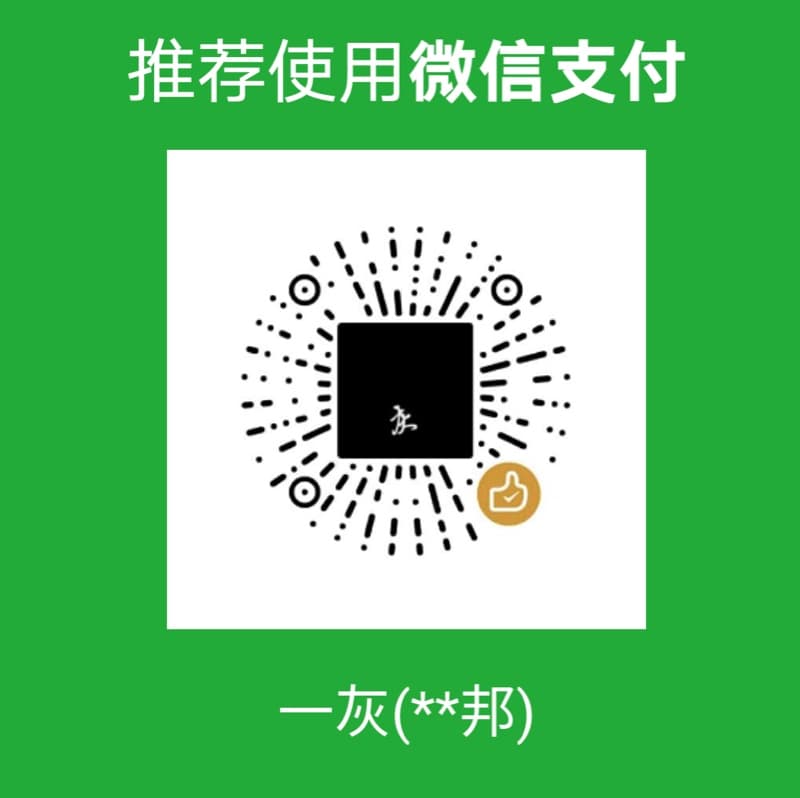今天介绍一个实用的小知识点,如何将List转为Map<Object, List<Object>>
1. 基本写法 最开始介绍的当然是最常见、最直观的写法,当然也是任何限制的写法
1 2 3 4 5 6 7 8 9 10 11 12 13 14 15 16 17 List<String> list = new ArrayList<>(); list.add("hello" ); list.add("word" ); list.add("come" ); list.add("on" ); Map<Integer, List<String>> ans = new HashMap<>(); for (String str: list) { List<String> sub = ans.get(str.length()); if (sub == null ) { sub = new ArrayList<>(); ans.put(str.length(), sub); } sub.add(str); } System.out.println(ans);
对于jdk8+,上面for循环中的内容可以利用Map.computeIfAbsent来替换,具体写法如下
1 2 3 for (String str : list) { ans.computeIfAbsent(str.length(), k -> new ArrayList<>()).add(str); }
当然既然已经是jdk1.8了,借助Stream的流处理,可以将上面的更一步进行简化,如下
1 Map<Integer, List<String>> ans = list.stream().collect(Collectors.groupingBy(String::length));
2. 通用方法 上面是针对特定的列表,针对业务进行开发转换,那么我们接下来尝试构建一个通用的工具类
这里我们主要借助的知识点就是泛型,一个重要的点就是如何获取Map中的key
对于jdk < 1.8的写法,通过接口来定义实现key的获取姿势
1 2 3 4 5 6 7 8 9 10 11 12 13 14 15 public static <K, V> Map<K, List<V>> toMapList(List<V> list, KeyFunc<V, K> keyFunc) { Map<K, List<V>> result = new HashMap<>(); for (V item: list) { K key = keyFunc.getKey(item); if (!result.containsKey(key)) { result.put(key, new ArrayList<>()); } result.get(key).add(item); } return result; } public static interface KeyFunc <T , K > K getKey (T t) ; }
使用demo如下
1 2 3 4 5 6 7 8 9 10 11 12 13 14 public static void main (String[] args) List<String> list = new ArrayList<>(); list.add("hello" ); list.add("word" ); list.add("come" ); list.add("on" ); Map<Integer, List<String>> res = toMapList(list, new KeyFunc<String, Integer>() { @Override public Integer getKey (String s) return s.length(); } }); System.out.println(res); }
接下来再看一下jdk1.8之后的写法,结合stream + 函数方法来实现
1 2 3 4 public static <K, V> Map<K, List<V>> toMapList(List<V> list, Function<V, K> func) { return list.stream().collect(Collectors.groupingBy(func)); } `
其对应的使用方式则如下
1 2 3 4 5 6 7 8 9 public static void main (String[] args) List<String> list = new ArrayList<>(); list.add("hello" ); list.add("word" ); list.add("come" ); list.add("on" ); Map<Integer, List<String>> res = toMapList(list, (Function<String, Integer>) String::length); System.out.println(res); }
3. 工具类 上一节介绍了基于泛型 + jdk8 Stream + 函数方法来实现通用转换工具类的实现姿势,接下来我们小结一下,输出一个适用于1.8之后的工具类
1 2 3 4 5 6 7 8 9 10 11 12 13 14 15 16 17 18 19 20 21 22 23 24 25 26 27 public static <K, V> Map<K, List<V>> toMapList(List<V> list, Function<V, K> func) { return list.stream().collect(Collectors.groupingBy(func)); } public static <K, I, V> Map<K, List<V>> toMapList(List<I> list, Function<I, K> keyFunc, Function<I, V> valFunc) { return list.stream().collect(Collectors.groupingBy(keyFunc, Collectors.mapping(valFunc, Collectors.toList()))); }
4.guava HashMultimap扩展知识点 最后再介绍一个扩展知识点,Gauva工具包中提供了一个HashMultimap的工具类,他的使用姿势和我们平常的Map并无差别,但是需要在注意的是,它的value是个集合
1 2 3 4 5 6 7 8 9 10 11 List<String> list = new ArrayList<>(); list.add("hello" ); list.add("word" ); list.add("come" ); list.add("on" ); list.add("on" ); HashMultimap<Integer, String> map = HashMultimap.create(); for (String item: strList) { map.put(item.length(), item); } System.out.println(map);
实际输出如下,验证了value实际上是个集合(on只有一个,如果是我们上面的工具类,会输出两个)
1 {2=[on], 4=[word, come], 5=[hello]}
一灰灰的联系方式 尽信书则不如无书,以上内容,纯属一家之言,因个人能力有限,难免有疏漏和错误之处,如发现bug或者有更好的建议,欢迎批评指正,不吝感激


